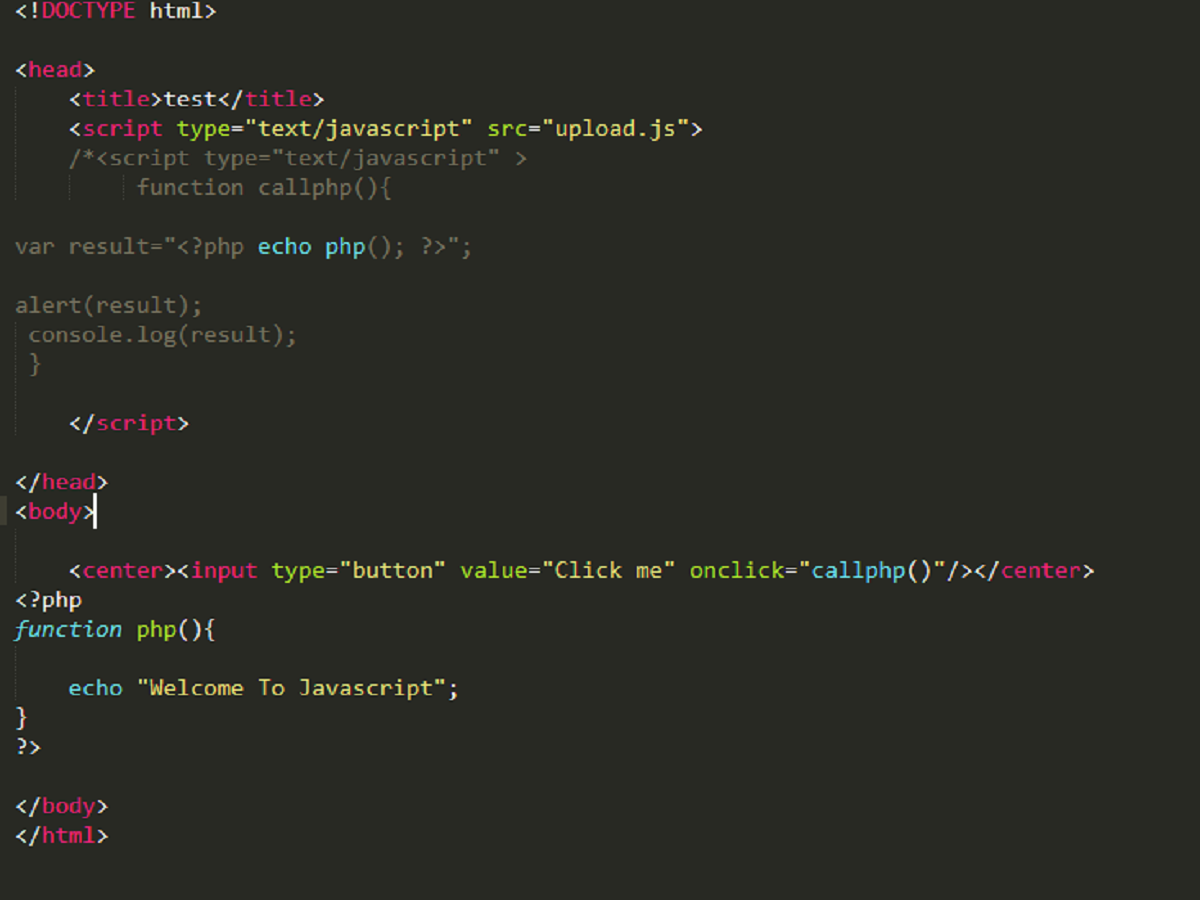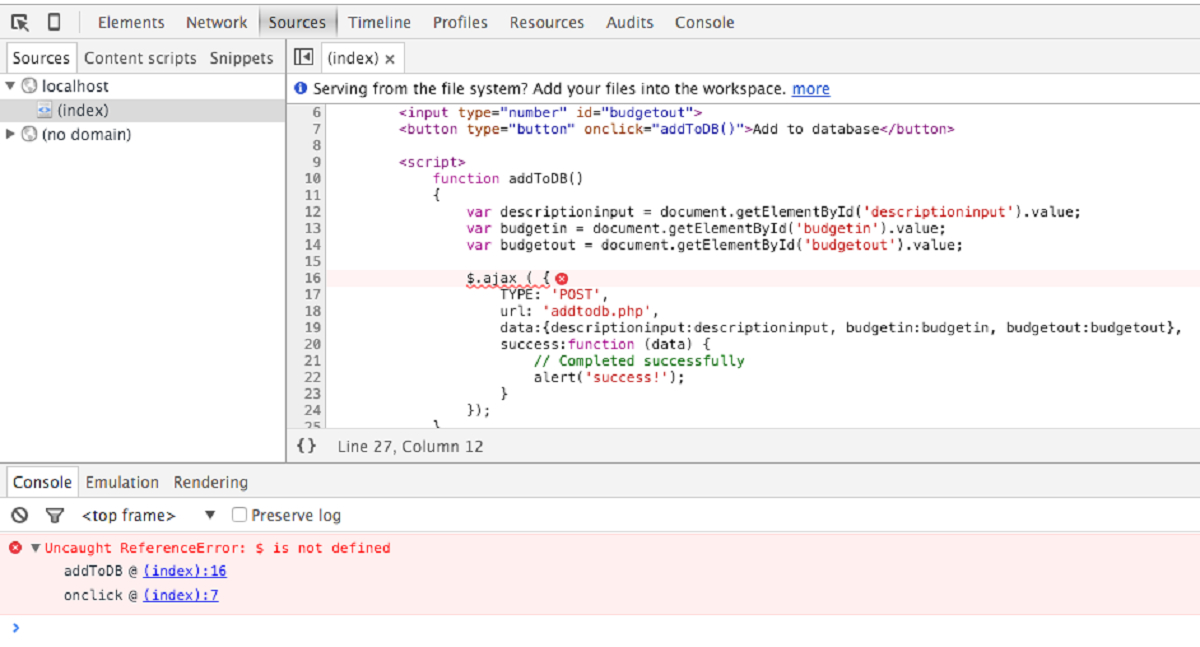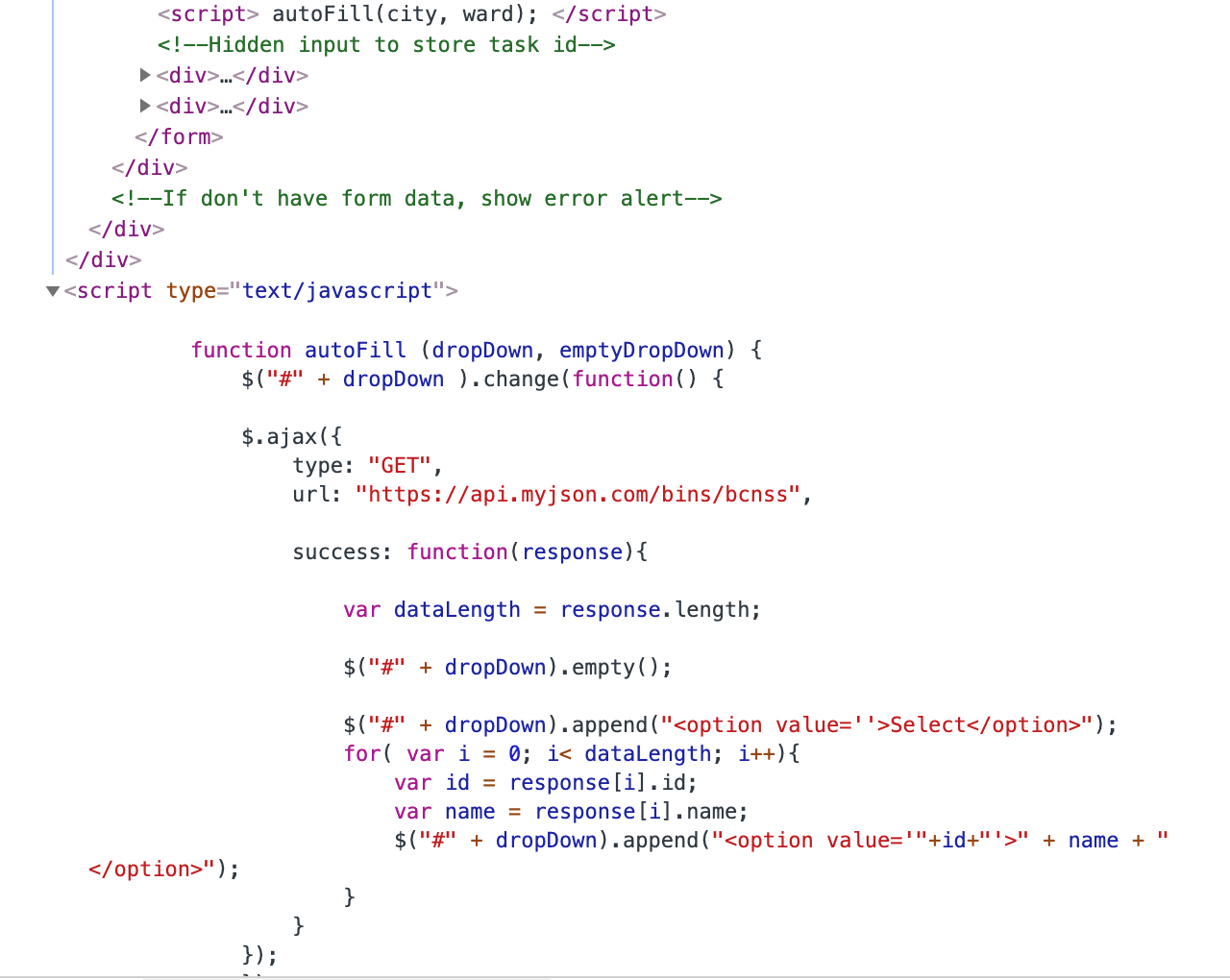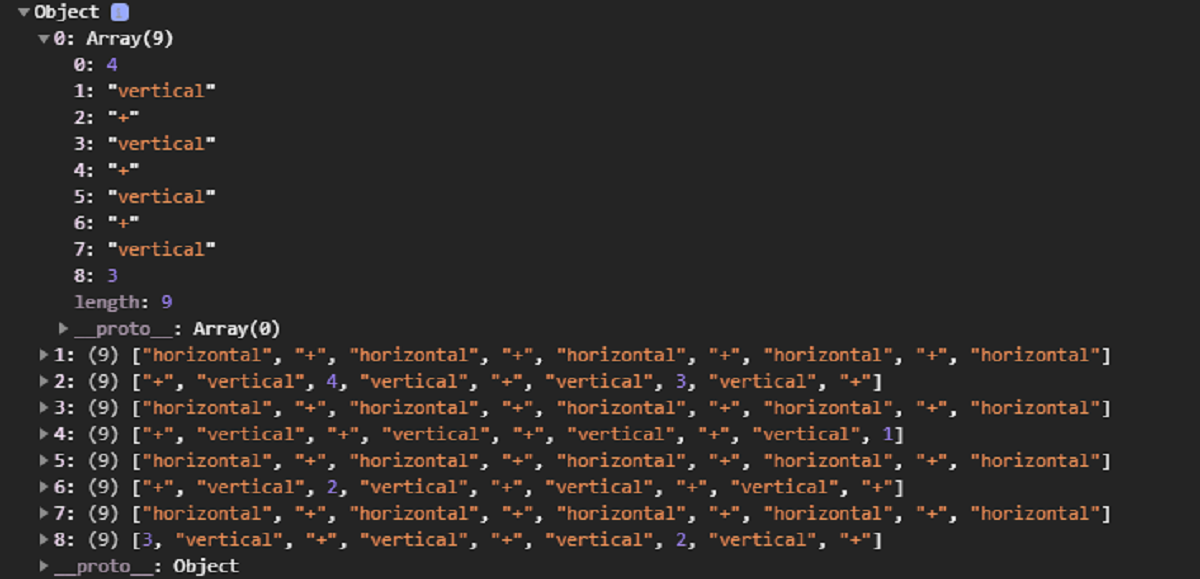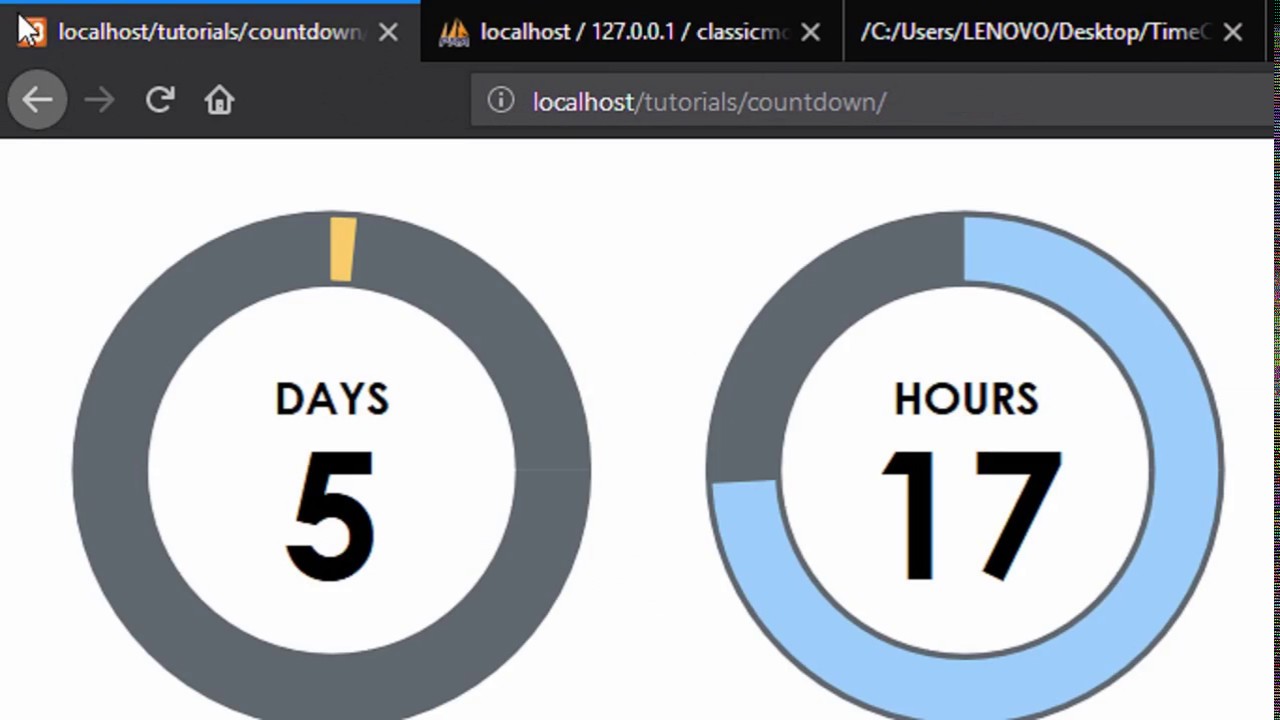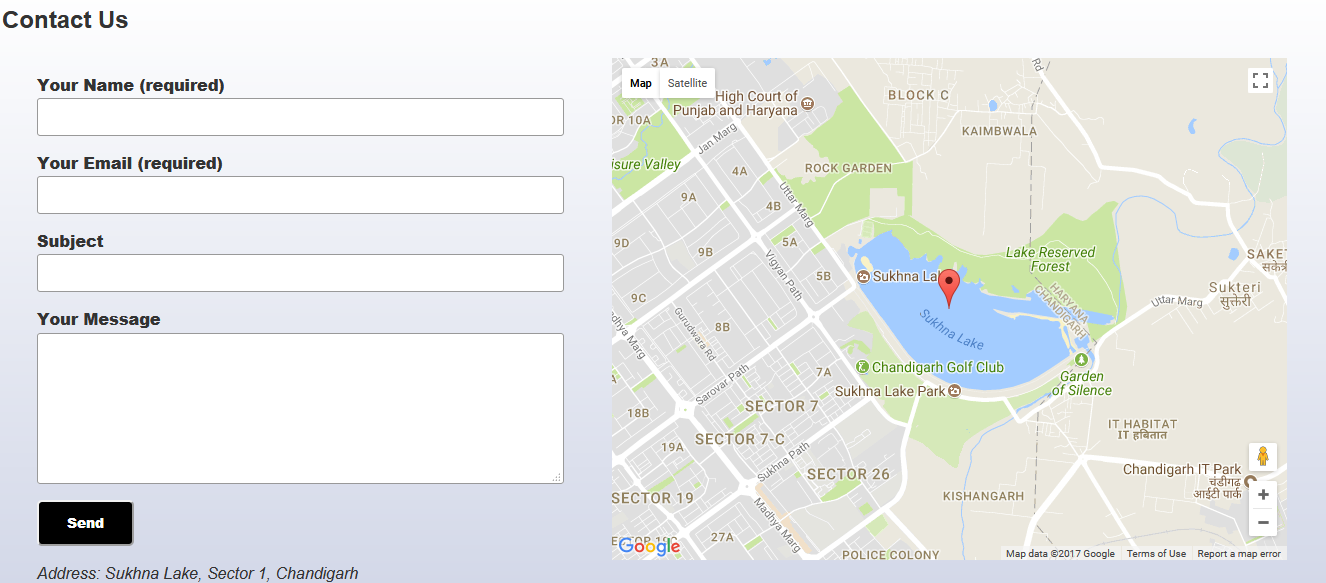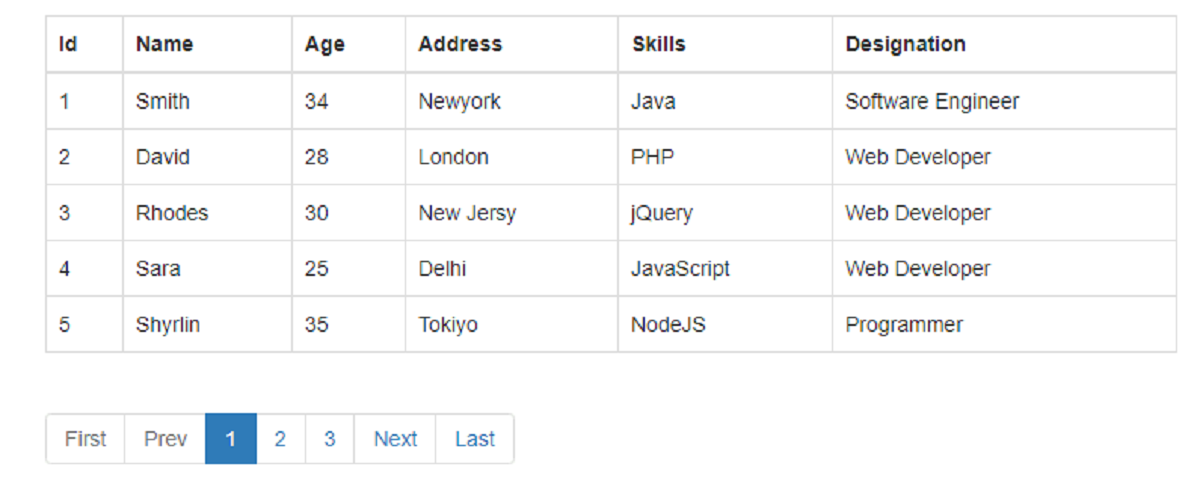Introduction
Calling a PHP function from JavaScript allows you to bridge the gap between the client-side and server-side code in web development. It opens up a world of possibilities for creating dynamic and interactive web applications. Whether you need to perform calculations, make database queries, or retrieve data from an API, being able to call PHP functions from JavaScript provides the flexibility and power to accomplish these tasks.
Throughout this article, we will explore how to call a PHP function from JavaScript, step by step. By the end, you will have a clear understanding of the process and be able to integrate server-side functionality seamlessly into your client-side code.
Before we dive into the implementation, there are a few prerequisites to keep in mind. Firstly, you should have a basic understanding of both PHP and JavaScript. Familiarity with HTML and web development concepts will also be beneficial. Additionally, you will need a local development environment set up with a web server capable of running PHP scripts.
Now that we have covered the necessary prerequisites, let’s get started with the step-by-step process of calling a PHP function from JavaScript.
Prerequisites
Before we begin exploring how to call a PHP function from JavaScript, it is important to ensure that you have the following prerequisites in place:
- Basic understanding of PHP and JavaScript: To effectively implement the process, you should have a solid understanding of PHP and JavaScript programming languages. Familiarity with concepts such as functions, variables, and data types is essential.
- Knowledge of HTML and web development: Since PHP and JavaScript are commonly used for web development, having a good grasp of HTML and web development concepts will be beneficial throughout this process.
- Local development environment: You will need a local development environment that supports running PHP scripts. This typically involves setting up a web server such as Apache, NGINX, or XAMPP on your computer.
- Text editor or integrated development environment (IDE): Having a reliable text editor or IDE will greatly facilitate writing and managing your PHP and JavaScript code. Popular options include Visual Studio Code, Sublime Text, and PHPStorm.
- Basic server-side setup: Ensure that you have a basic PHP setup on your web server. This can involve installing PHP, configuring it correctly, and verifying that the server is capable of running PHP scripts.
By having these prerequisites satisfied, you will be well-prepared to follow along with the process of calling a PHP function from JavaScript. So, if you feel comfortable with the above requirements, let’s move on to the next steps.
Step 1: Create a PHP Function
The first step in calling a PHP function from JavaScript is to create the desired PHP function in your server-side code. This function will contain the logic that you want to execute and can accept parameters if needed. Let’s walk through the process of creating a basic PHP function:
-
Open your PHP script: Begin by opening your PHP script in a text editor or IDE. This script can be an existing or new file depending on your project requirements.
-
Define your PHP function: Inside the PHP script, define your PHP function using the
functionkeyword followed by the function name and any parameters it should accept. For example:function sayHello() { echo "Hello, World!"; }In this example, we have created a simple function named
sayHello()that will output the string “Hello, World!”. -
Save the PHP script: Save the PHP script with an appropriate file name and the
.phpfile extension. For instance,example.php.
With these steps, you have now created a basic PHP function in your server-side code. This function can be called from within the same PHP script or by other PHP scripts. In the next step, we will create a JavaScript function that will be responsible for calling this PHP function.
Step 2: Create a JavaScript Function
After creating the PHP function in the previous step, we need to create a JavaScript function that will be responsible for calling the PHP function from the client-side. This JavaScript function will handle making the request to the server and receiving the response. Let’s go through the process of creating a basic JavaScript function:
-
Create a JavaScript file: Start by creating a new JavaScript file or open an existing one in your preferred text editor or IDE. This file will contain your JavaScript code.
-
Declare the JavaScript function: Declare a JavaScript function that will be responsible for calling the PHP function. Give it an appropriate name. For example:
function callPHPFunction() { // Code to call the PHP function goes here }In this example, we have created a function named
callPHPFunction()that will be used to call the PHP function. -
Make an AJAX request: Inside the JavaScript function, use AJAX (Asynchronous JavaScript and XML) to send a request to the server and execute the PHP function. You can use the
XMLHttpRequestobject or jQuery’s$.ajax()method to make the AJAX request.Here’s an example using the
XMLHttpRequestobject:function callPHPFunction() { var xhr = new XMLHttpRequest(); xhr.open("GET", "example.php", true); xhr.send(); } -
Handle the response: After making the AJAX request, you need to handle the response from the server. This can be done by defining an event listener for the AJAX request’s
onreadystatechangeevent and checking the value of thereadyStateandstatusproperties.For example:
function callPHPFunction() { var xhr = new XMLHttpRequest(); xhr.open("GET", "example.php", true); xhr.onreadystatechange = function() { if (xhr.readyState === XMLHttpRequest.DONE && xhr.status === 200) { var response = xhr.responseText; // Code to handle the response goes here } }; xhr.send(); }
With these steps, you have now created a JavaScript function that will initiate the request to call the PHP function from the client-side. In the next step, we will look at how to actually call the PHP function from the JavaScript function.
Step 3: Call the PHP Function from JavaScript
Now that you have created the JavaScript function that will handle calling the PHP function, let’s move on to actually calling the PHP function from JavaScript. This step involves making the necessary modifications in the JavaScript function to initiate the request to the server and execute the PHP function. Follow these steps:
-
Update the AJAX request: In the JavaScript function, update the AJAX request by specifying the URL of the PHP script that contains the PHP function you want to call. This can be done by providing the appropriate file path or URL in the
open()method.For example:
function callPHPFunction() { var xhr = new XMLHttpRequest(); xhr.open("GET", "your-php-script.php", true); // Rest of the code }Make sure to replace
your-php-script.phpwith the actual file path or URL of your PHP script. -
Send the AJAX request: In the JavaScript function, send the AJAX request to the server by calling the
send()method on theXMLHttpRequestobject.For example:
function callPHPFunction() { var xhr = new XMLHttpRequest(); xhr.open("GET", "your-php-script.php", true); xhr.send(); // Rest of the code } -
Handle the response: As mentioned in the previous step, make sure to handle the response from the server in the JavaScript function. This can be done by accessing the
responseTextproperty of theXMLHttpRequestobject inside theonreadystatechangeevent listener.For example:
function callPHPFunction() { var xhr = new XMLHttpRequest(); xhr.open("GET", "your-php-script.php", true); xhr.onreadystatechange = function() { if (xhr.readyState === XMLHttpRequest.DONE && xhr.status === 200) { var response = xhr.responseText; // Code to handle the response goes here } }; xhr.send(); }
With these modifications, your JavaScript function is now set up to call the PHP function on the server-side. The next step will cover how to pass parameters to the PHP function from JavaScript.
Step 4: Pass Parameters to the PHP Function
Passing parameters to the PHP function from JavaScript allows you to customize the behavior and functionality of the PHP function based on the values provided by the client-side. This step will guide you on how to pass parameters to the PHP function. Follow these steps:
-
Add parameters to the JavaScript function: Modify the JavaScript function declaration to include the necessary parameters that you want to pass to the PHP function. For example:
function callPHPFunction(param1, param2) { // Code to call the PHP function with parameters goes here }In this example, the JavaScript function
callPHPFunction()now accepts two parameters:param1andparam2. You can add as many parameters as needed, depending on the requirements of your PHP function. -
Include the parameters in the AJAX request: Update the AJAX request inside the JavaScript function to pass the parameters to the PHP script. This can be done by appending the parameters to the URL in the
open()method. For example:function callPHPFunction(param1, param2) { var xhr = new XMLHttpRequest(); xhr.open("GET", "your-php-script.php?param1=" + param1 + "¶m2=" + param2, true); // Rest of the code }In this example, the parameters
param1andparam2are included in the URL of the AJAX request by concatenating them with the URL using the query string format. -
Access the parameters in the PHP script: In your PHP script, access the passed parameters using the
$_GETor$_POSTsuperglobals, depending on the request method (GET or POST) used in the AJAX request. For example:function myPHPFunction() { $param1 = $_GET['param1']; $param2 = $_GET['param2']; // Code to process the parameters and perform desired actions goes here }In this example, the values of
param1andparam2are assigned to respective variables using the$_GETsuperglobal. Modify the code accordingly if you are using the$_POSTsuperglobal for handling POST requests.
By following these steps, you will be able to pass parameters from JavaScript to the PHP function. This allows for dynamic and customizable functionality based on the values provided by the client-side. In the next step, we will cover how to receive the response from the PHP function in JavaScript.
Step 5: Receive the Response from the PHP Function
Receiving the response from the PHP function in JavaScript is crucial for handling the data or information returned by the server-side code. This step will guide you on how to capture and process the response appropriately. Follow these steps:
-
Modify the event listener: In the JavaScript function, update the event listener for the AJAX request’s
onreadystatechangeevent to handle the response from the server. Make sure to check if the ready state isXMLHttpRequest.DONEand the status is200to ensure a successful response.For example:
function callPHPFunction(param1, param2) { var xhr = new XMLHttpRequest(); xhr.open("GET", "your-php-script.php?param1=" + param1 + "¶m2=" + param2, true); xhr.onreadystatechange = function() { if (xhr.readyState === XMLHttpRequest.DONE && xhr.status === 200) { var response = xhr.responseText; // Code to handle the response goes here } }; xhr.send(); } -
Process the response: Inside the event listener, access the
responseTextproperty of theXMLHttpRequestobject to retrieve the response sent by the server. The response is typically in the form of a string, so you may need to parse it or perform any necessary processing.For example:
function callPHPFunction(param1, param2) { var xhr = new XMLHttpRequest(); xhr.open("GET", "your-php-script.php?param1=" + param1 + "¶m2=" + param2, true); xhr.onreadystatechange = function() { if (xhr.readyState === XMLHttpRequest.DONE && xhr.status === 200) { var response = xhr.responseText; var parsedResponse = JSON.parse(response); // If the response is JSON // Code to handle the response goes here } }; xhr.send(); }In this example, we have used
JSON.parse()to parse the response as JSON if it is in that format. Adjust the code accordingly based on the expected format of your response. -
Utilize the response: Once you have accessed and processed the response, you can make use of it within your JavaScript function. This can involve displaying it on the webpage, updating UI elements, or performing any further necessary actions.
For example:
function callPHPFunction(param1, param2) { var xhr = new XMLHttpRequest(); xhr.open("GET", "your-php-script.php?param1=" + param1 + "¶m2=" + param2, true); xhr.onreadystatechange = function() { if (xhr.readyState === XMLHttpRequest.DONE && xhr.status === 200) { var response = xhr.responseText; document.getElementById("output").innerHTML = response; // Display the response } }; xhr.send(); }This particular example updates the content of an HTML element with an ID of
outputwith the response retrieved from the PHP function.
By following these steps, you will be able to receive and handle the response from the PHP function in JavaScript. This allows you to utilize the data or information returned by the server-side code in your client-side application. Now that we have covered the step-by-step process of calling a PHP function from JavaScript, let’s conclude this article.
Conclusion
Congratulations! You have successfully learned how to call a PHP function from JavaScript. By following the step-by-step process outlined in this article, you can now integrate server-side functionality seamlessly into your client-side code.
We began by discussing the prerequisites for calling a PHP function from JavaScript, emphasizing the importance of having a basic understanding of PHP and JavaScript, as well as a local development environment set up with a web server capable of running PHP scripts.
Next, we explored the step-by-step process, starting with creating a PHP function in your server-side code. We then moved on to creating a JavaScript function that initiates the request to call the PHP function, using the AJAX (Asynchronous JavaScript and XML) technique.
We also covered how to pass parameters from JavaScript to the PHP function, allowing for dynamic customization of functionality. Additionally, we discussed receiving and processing the response from the PHP function in JavaScript, enabling you to utilize the returned data or information in your client-side application.
Remember to validate the response from the PHP function and handle errors gracefully. Implementing appropriate error handling mechanisms will enhance the stability and reliability of your application.
By leveraging the power of calling PHP functions from JavaScript, you can create dynamic and interactive web applications with ease. Whether you need to perform calculations, make database queries, or retrieve data from external APIs, the ability to seamlessly integrate server-side functionality into your JavaScript code opens up a wide range of possibilities.
So go ahead and incorporate these techniques into your web development projects. Experiment, explore, and continue honing your skills in leveraging both PHP and JavaScript to create powerful and robust web applications!







